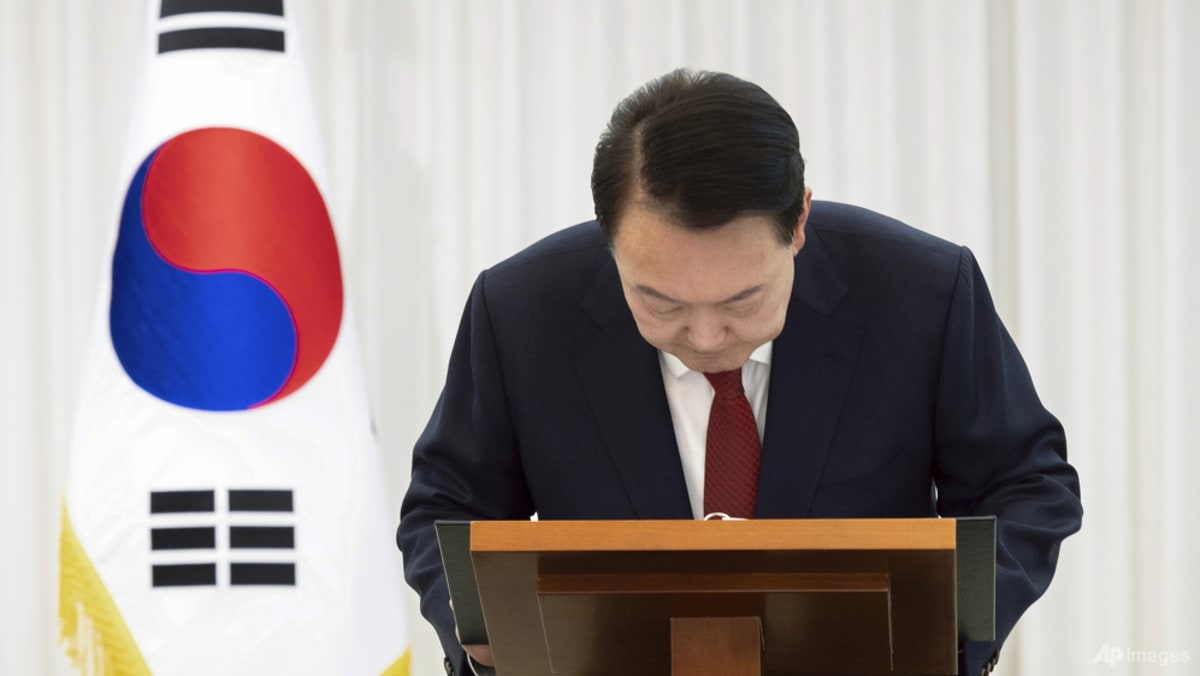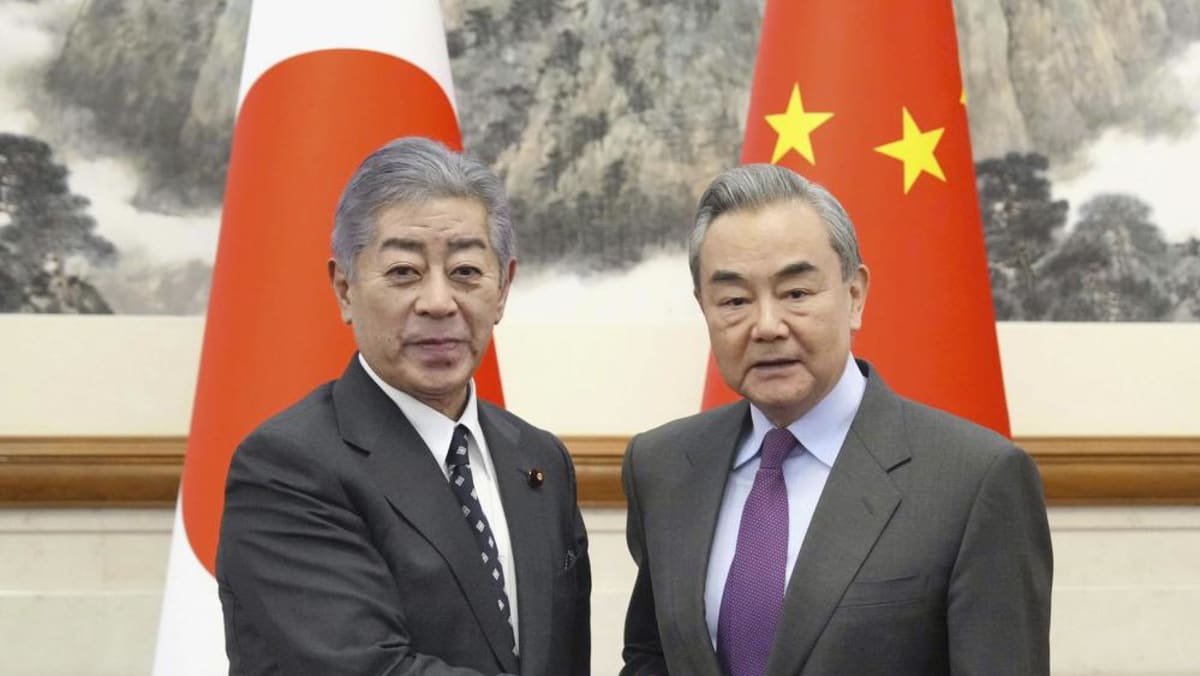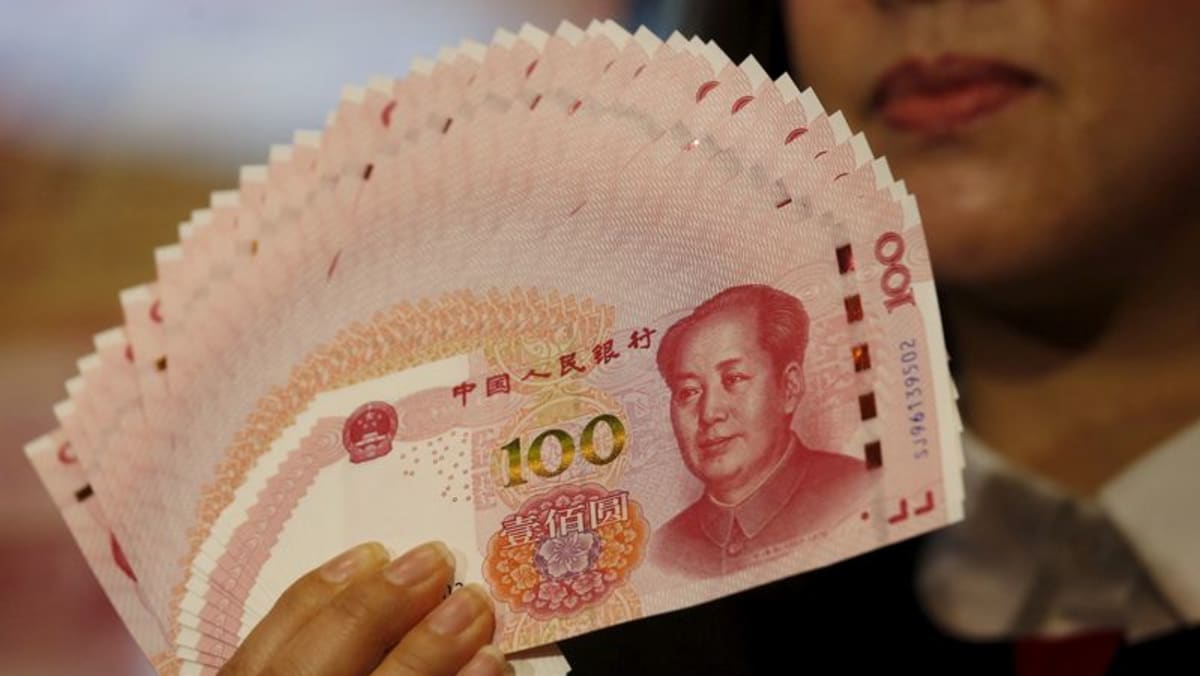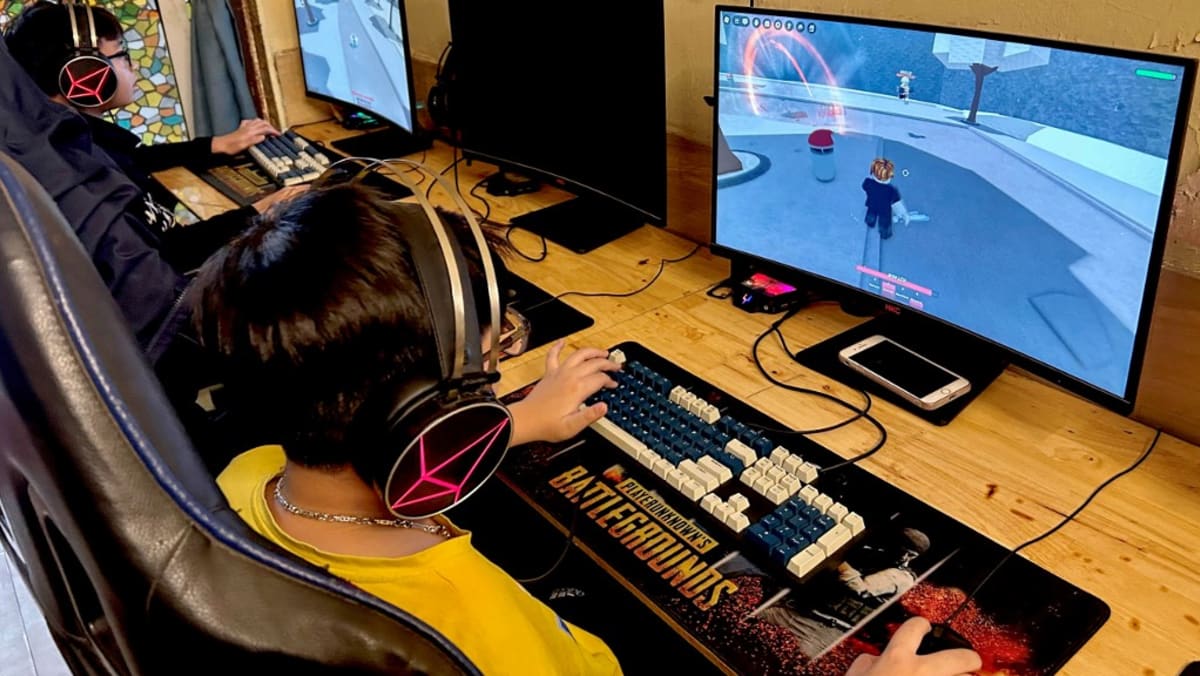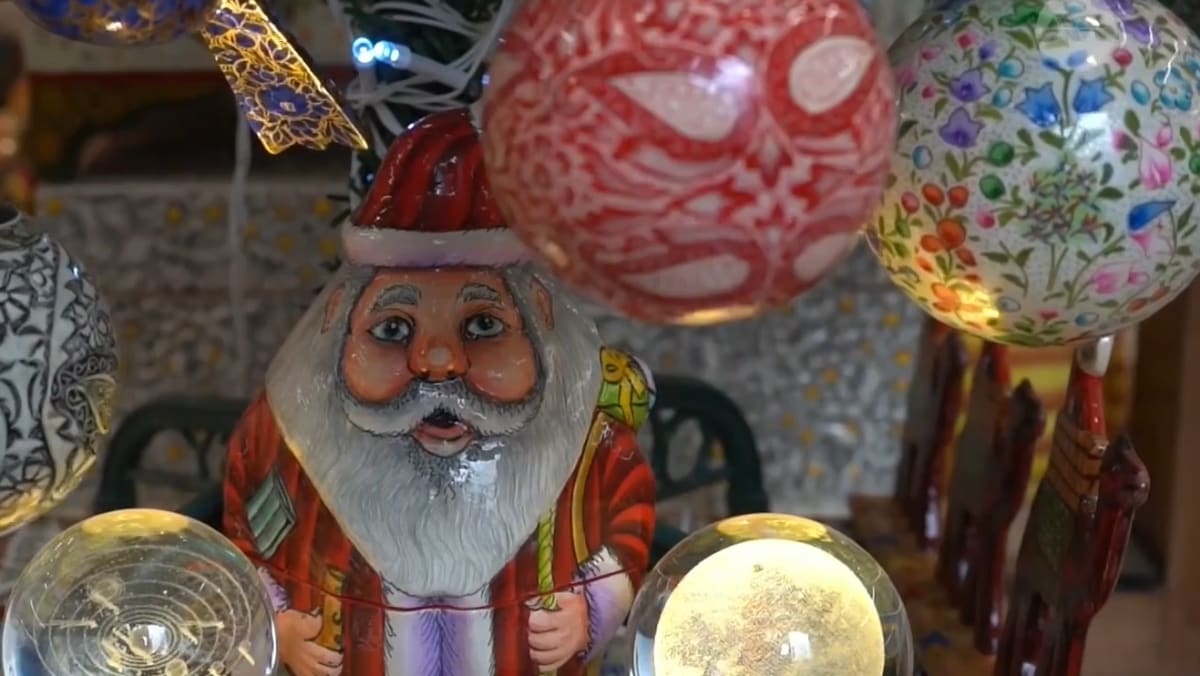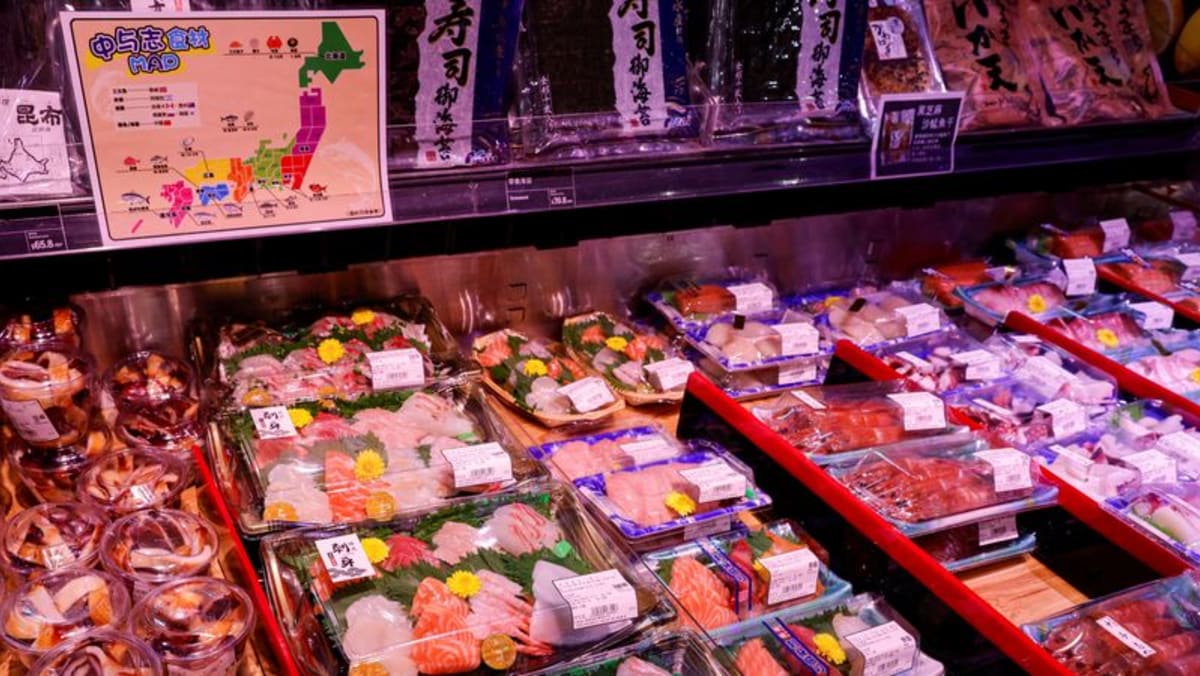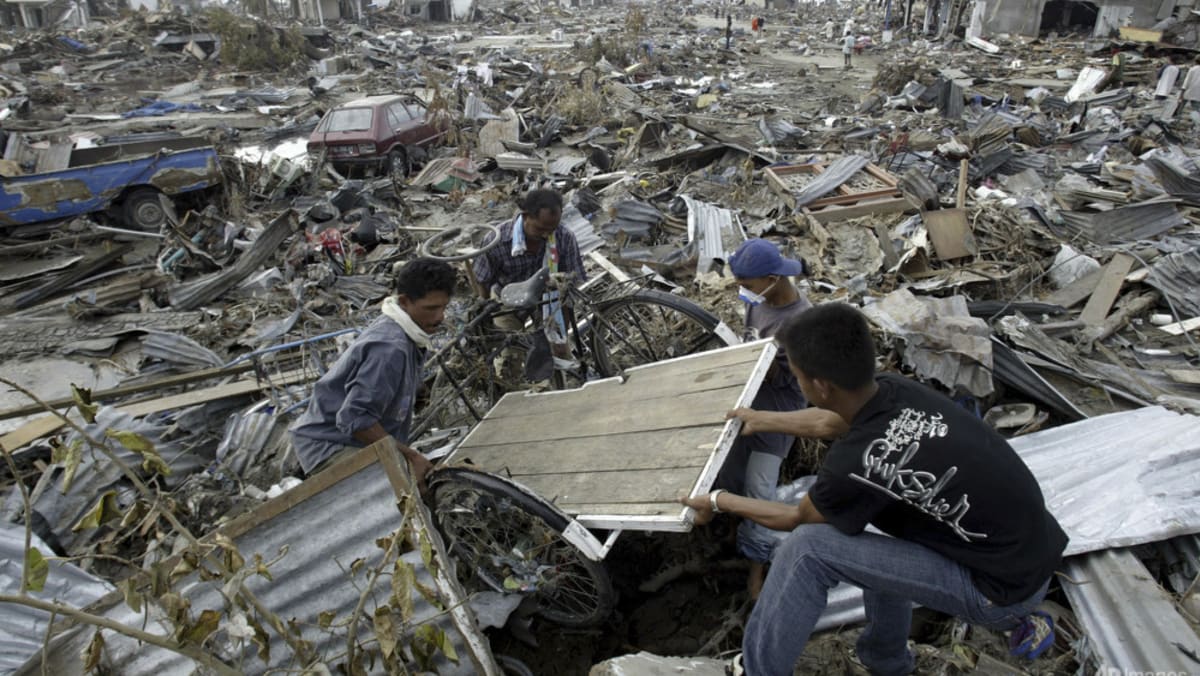Commentary: Modi shouldn’t chase Elon Musk to make EVs in India
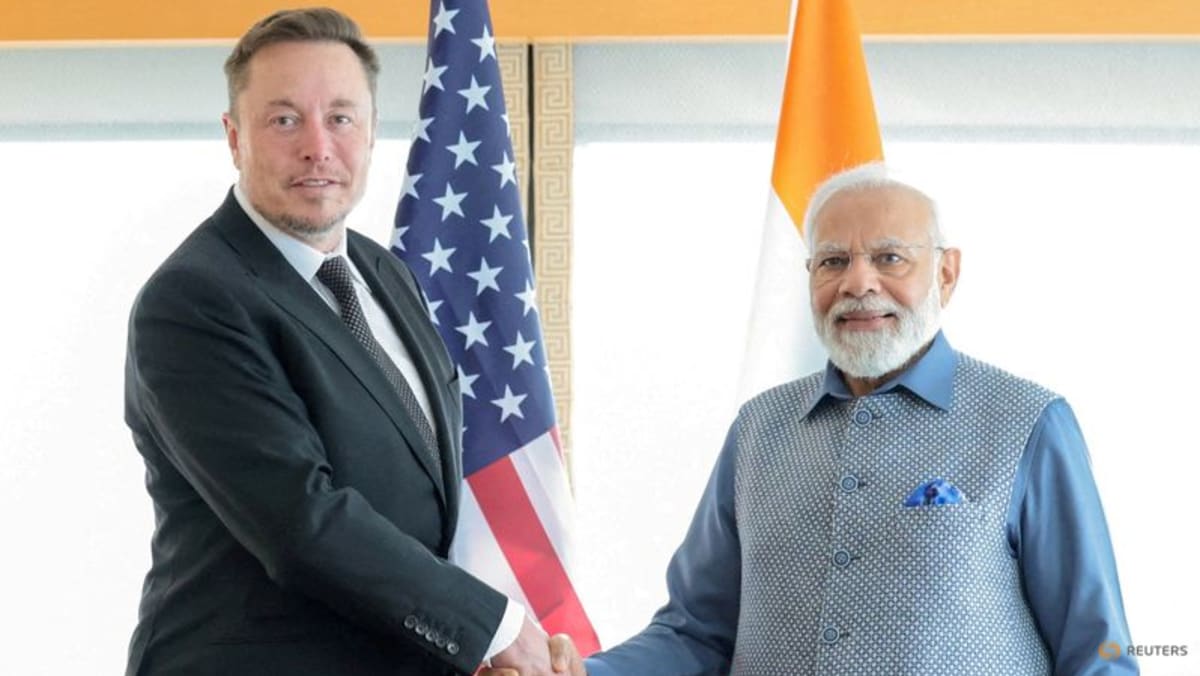
CHANGING RULES FOR MUSK WON’T GUARANTEE RETURNS
New Delhi might point out that other policies designed with particular companies in mind have succeeded. In 2020, the government tweaked the rules around manufacturing and selling mobile phones in India in a bid to attract Apple. The US technology giant has since produced US$7 billion worth of products in India, with a promise to scale up to US$40 billion within the next few years.
But Tesla is not Apple. For one, no policymaker anywhere should assume that a figure as impulsive as Musk will follow through on a promise of this sort.
Apple also has a genuine business case for manufacturing in India. The domestic market for iPhones is growing solidly. Morgan Stanley predicts that India will account for a fifth of Apple’s user growth over the next five years and generate US$40 billion of revenue over the next decade. Half of the US$9 billion that mobile handset exports earn India comes from iPhones.
Tesla is unlikely to see the same kind of growth in India’s extremely price-sensitive auto market. Many other foreign manufacturers have failed to crack India’s car code. In 2021, Ford Motor shut down its factories in the country after two decades, taking a US$2 billion restructuring hit, partly because it couldn’t compete on price.
One Indian auto executive said at the time that the key to the domestic market was to “look at the whole value chain from raw material to resale and then, at every stage, you have to see how you can economise”. That does not sound like something Tesla has done well historically, which is, of course, another reason why Musk has held out for so long on an India move.
As recently as July, Indian officials were insisting that “no special policy” would be framed to lure Tesla to India. So, what could have changed?
Musk’s preferences certainly haven’t. More likely, the government – now just months away from a re-election campaign – is willing to go the extra mile for a good-news headline.
Source: CNA




